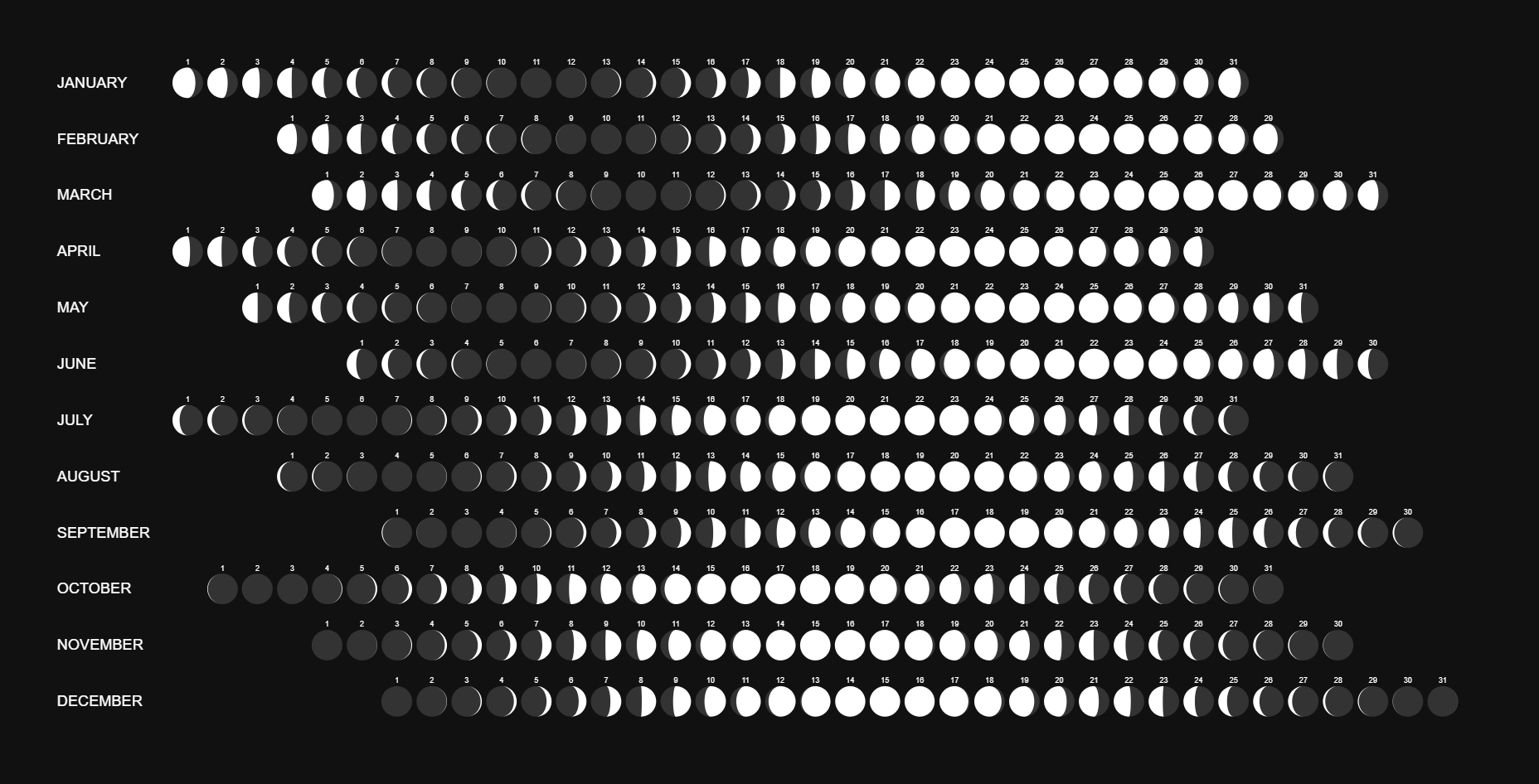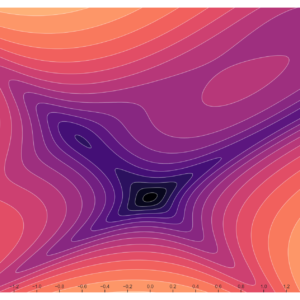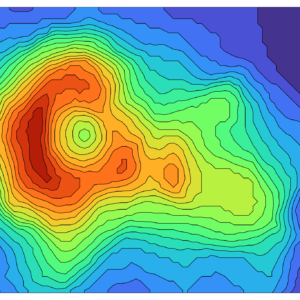Sale!
Description
Description :
Here’s a concise description of each moon phase:
- New Moon: The moon is not visible from Earth as it’s positioned between the Earth and the sun.
- Waxing Crescent: A sliver of the moon is visible, getting larger each night.
- First Quarter: Half of the moon is visible, resembling a half-circle.
- Waxing Gibbous: More than half of the moon is visible, continuing to increase.
- Full Moon: The entire face of the moon is illuminated as seen from Earth.
- Waning Gibbous: More than half of the moon is visible, but decreasing each night.
- Last Quarter: Half of the moon is visible, but the opposite side is illuminated compared to the First Quarter.
- Waning Crescent: A sliver of the moon is visible, getting smaller each night.
These phases repeat in a cycle approximately every 29.5 days.
Purposes :
Only logged in customers who have purchased this product may leave a review.







Reviews
There are no reviews yet.